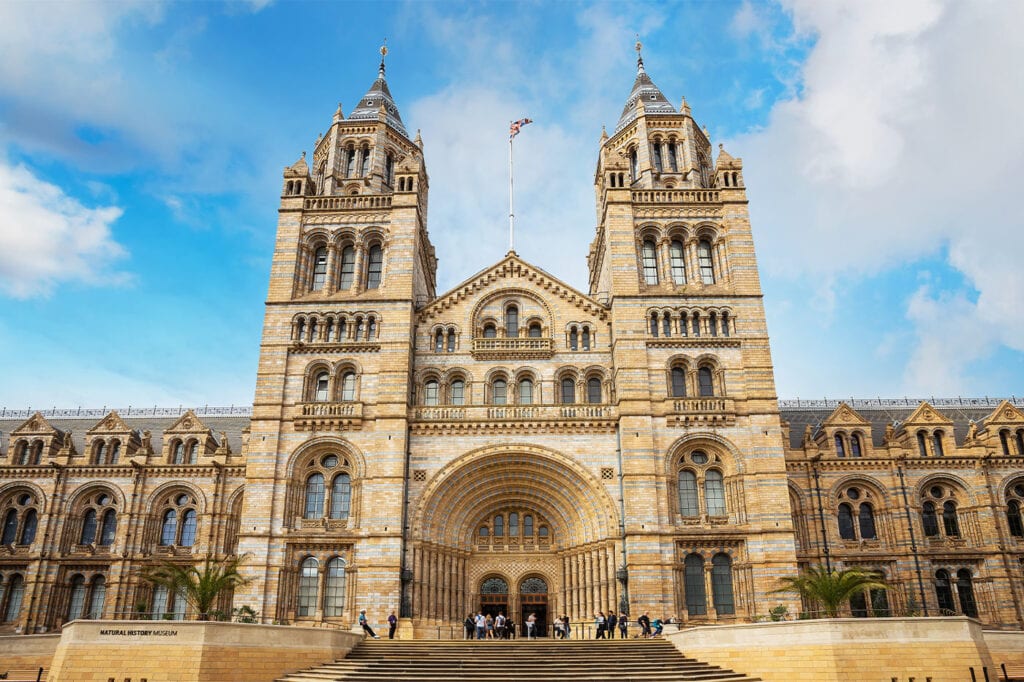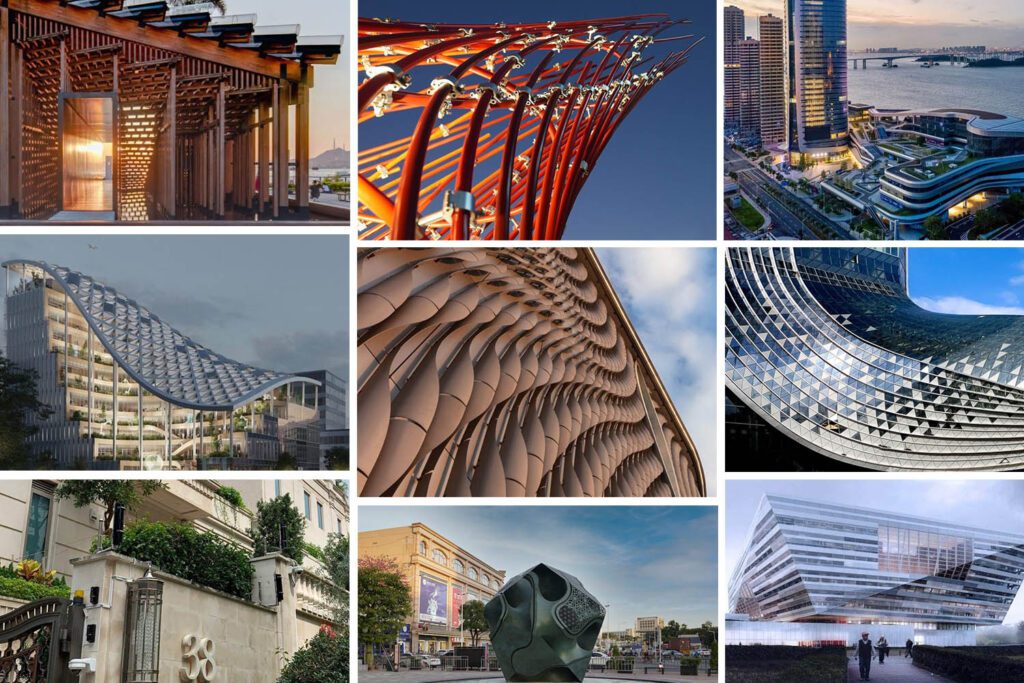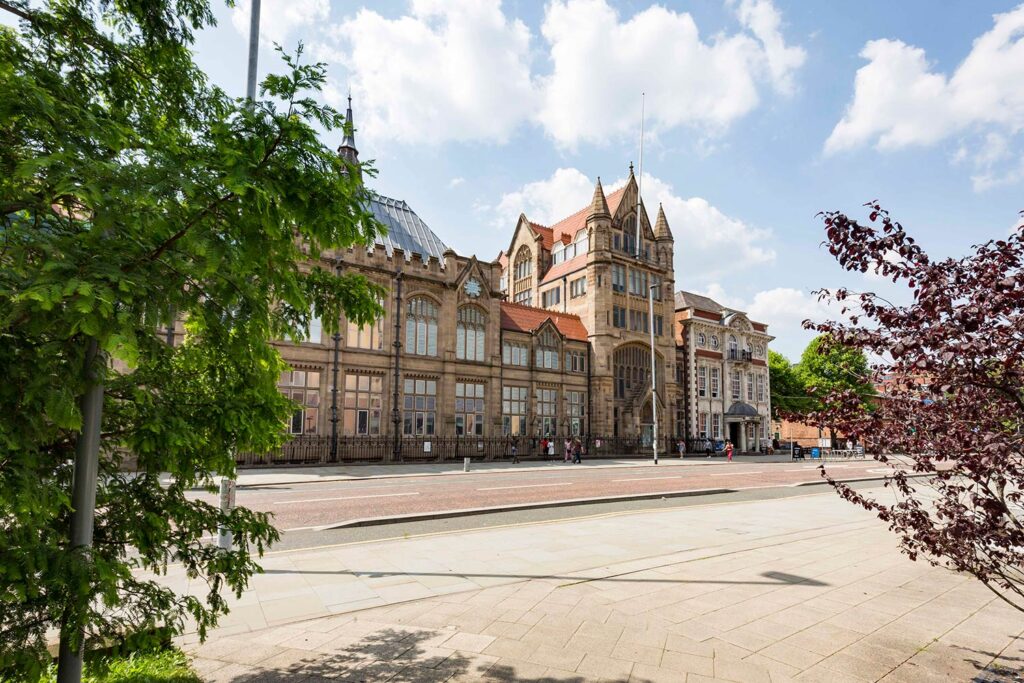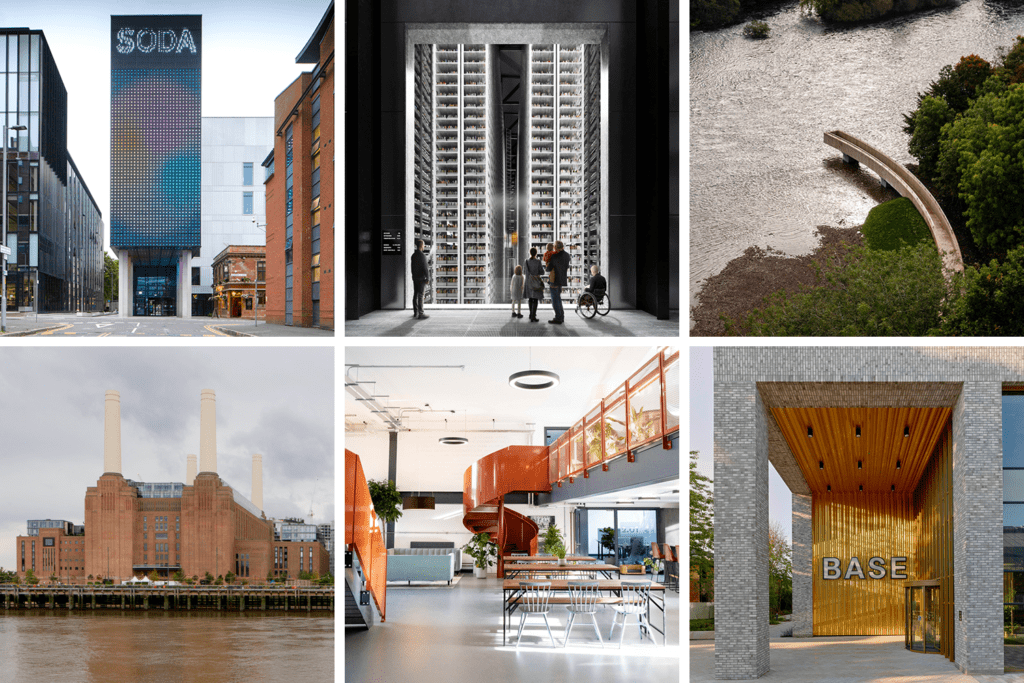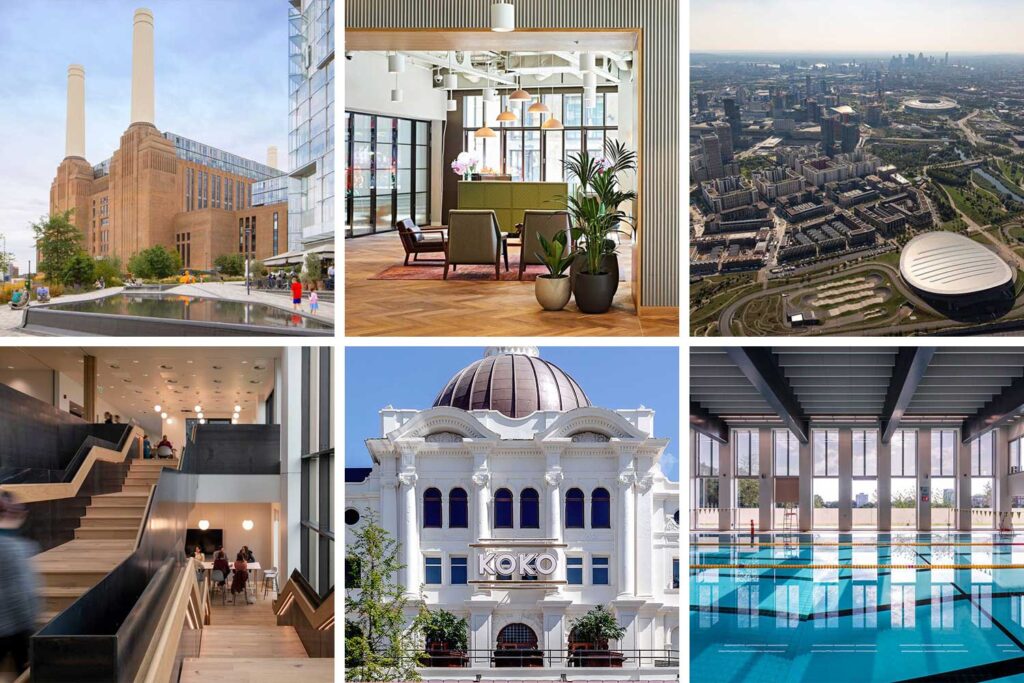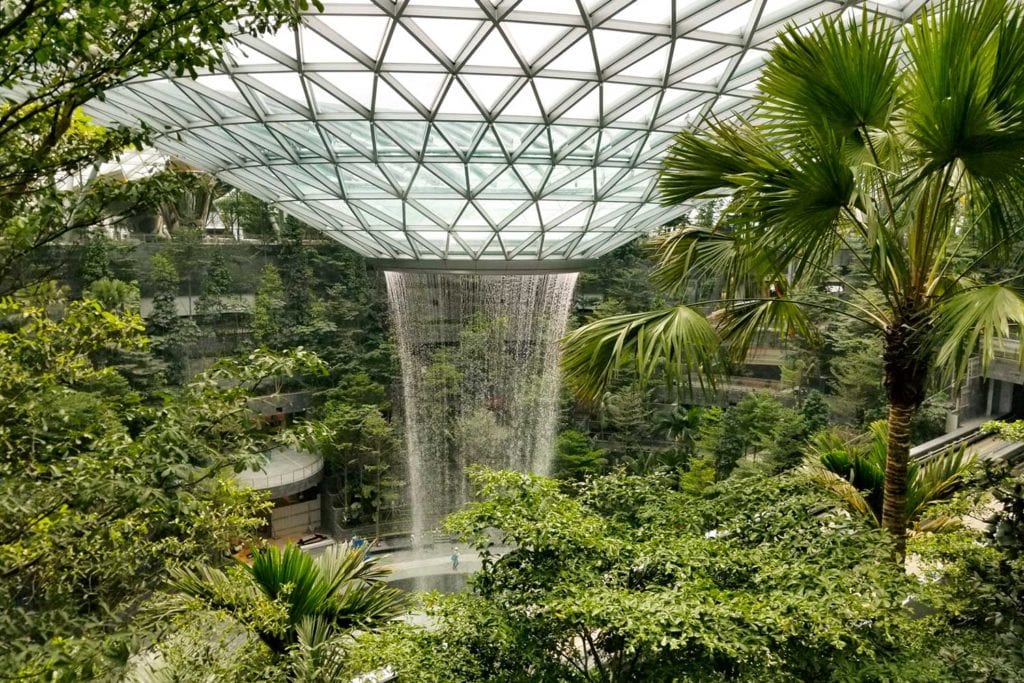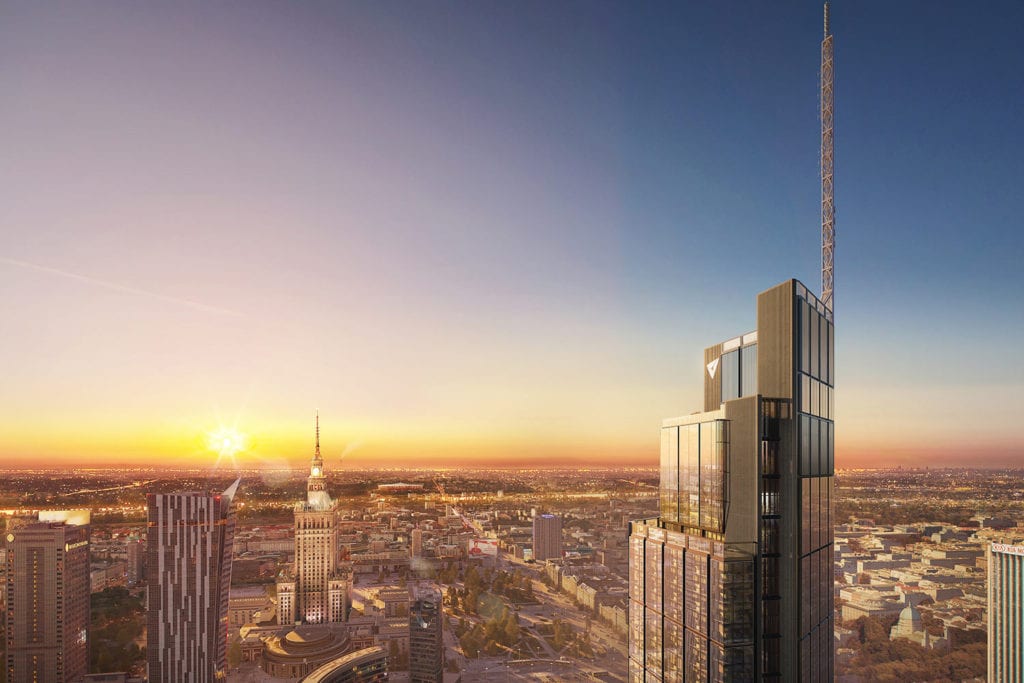Celebrating World Tourism Day
In celebration of World Tourism Day, we’re showcasing some of our favourite tourist hotspots that Buro Happold has helped turn into must-see visitor attractions around the globe.
With decades of experience, our engineering and planning consultants create spaces and outcomes that work for all tourism stakeholders from staff and performers, to visitors and audiences.
By optimising visitor experience and improving access at cultural institutions, and developing flexible performance spaces at internationally renowned venues, Buro Happold’s cultural venue consultants will work with clients at every level, offering innovative solutions on everything from acoustics to air conditioning. We understand that outstanding cultural centres stem from great vision. We have the expertise and flexibility to help you achieve this.
To celebrate, let’s take a look at seven exceptional Buro Happold projects that tourists must add to their to-do list, from cultural icons to lesser-known hidden gems.
Academy Museum of Motion Pictures
Los Angeles, CA, USA

If you’re visiting Los Angeles, it’s likely a trip to Hollywood is high on your to-do list. The Academy Museum of Motion Pictures is the world’s premier institution devoted to exploring the art and science of movies and moviemaking, making it a must-visit for film lovers.
Designed by Pritzker-Prize winning architect Renzo Piano, the Academy Museum of Motion Pictures houses some of the most important and interesting cinema exhibits and artefacts from the golden age of cinema. The museum also hosts a spherical 1,000-seat theatre.
Our team of experts provided structural and MEP engineering, environmental design, lighting design, energy modelling and IT services on the project. The result is an iconic institution that allows visitors from around the world to travel to Hollywood and experience the magic of cinema.
Crystal Bridges Museum of American Art
Arkansas, USA

The Crystal Bridges Museum of American Art is located in Arkansas and receives hundreds of thousands of visitors each year. With impressive art collections spanning five centuries of American art, artistic and cultural exhibitions, and trails and walks within the grounds, it is no wonder that tourists visit in their thousands.
Buro Happold provided multidisciplinary consultancy across the original construction (including three bridge-like structures that span the stream to create two scenic ponds) and was engaged to provide support on everything from MEP and structural engineering to facades, security, IT and audio-visual technology on the 2021 expansion of 100,000ft2 of new galleries and exhibition spaces.
This work (two new galleries, enhanced educational facilities, an event space and a new bridge to connect the galleries) now welcomes more visitors to experience the power of art in an inclusive environment.
Louvre Abu Dhabi
Abu Dhabi, United Arab Emirates
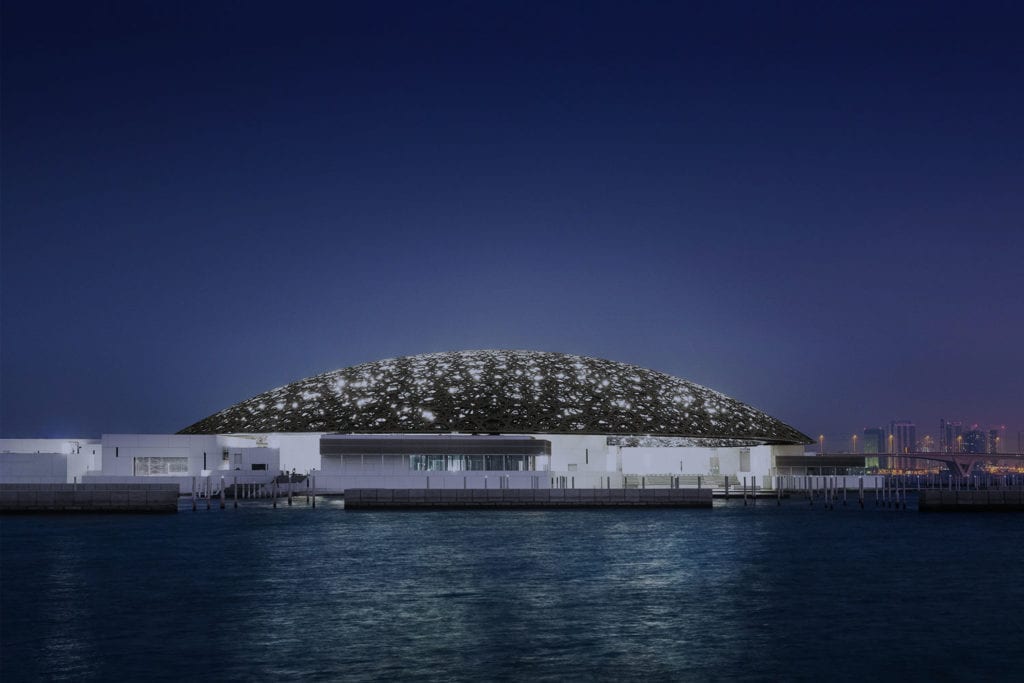
Louvre Abu Dhabi is the jewel in the crown of Saadiyat Island, the city’s cultural district. Designed as a ‘museum city’, the new 58,000m2 art and exhibition centre hosts gallery spaces underneath a shallow domed canopy, drawing in tourists and visitors from the UAE as well as from across the Middle East and wider world.
The connection between the new Louvre and the surrounding sea is reflected in the architectural design. Key concepts brought elements of water into the building; tidal pools reflect the light that filters through the glazed roof in dappled patterns on the interior walls, creating a gentle movement that correlates and responds to the museum’s unique natural setting.
Buro Happold water engineering experts offered advice on the construction of the tidal pools, using empirical, numerical and physical scale modelling to ensure the tidal flow and water quality did not cause risk of flooding or damage from the saline water.
Museum of the Future
Dubai, United Arab Emirates
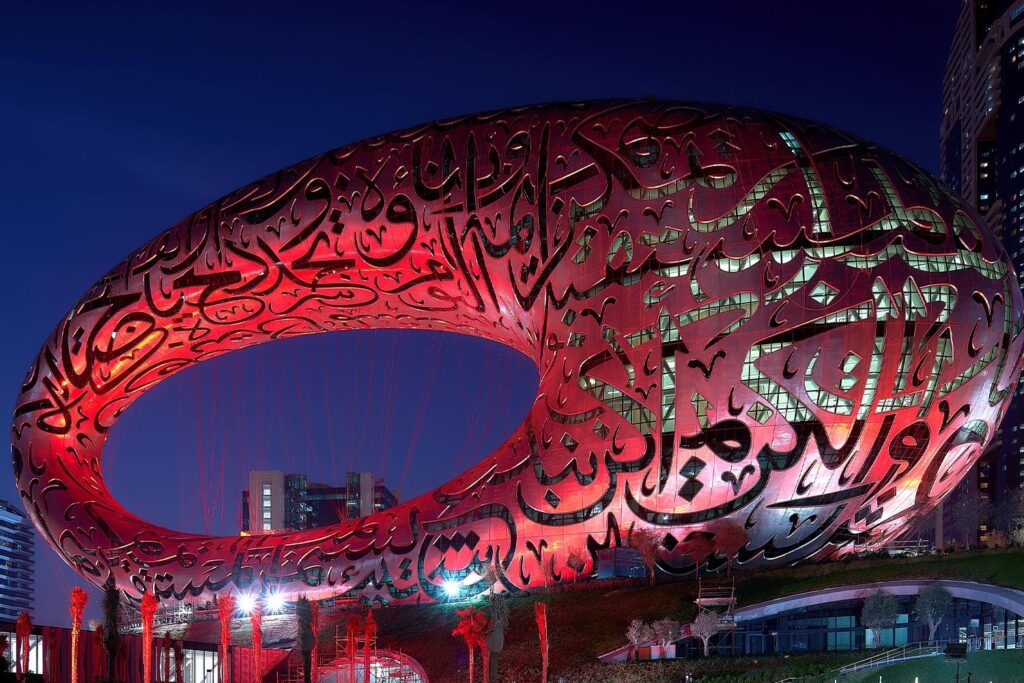
Occupying a prime urban location adjacent to the Emirates Towers, the Museum of the Future is conceived not as a repository for ancient artefacts, but as an incubator of new ideas, a catalyst for innovation, and a global destination for inventors and entrepreneurs.
Buro Happold engineers developed bespoke in-house optimisation routines to model and analyse numerous options for the structure to achieve the Museum of the Future’s torus shape. The resulting complex diagrid framework directly aligned to the torus shape and is capable of supporting hundreds of stainless steel and glass fibre reinforced polymer panels that form the facade.
The museum and exhibition space is a new cultural landmark in the Middle East. Arabic poetry written by HH Sheikh Mohamed Bin Rashid Al Maktoum is represented in 3D on the facade surface, expressing his vision for the future of Dubai.
Natural History Museum
London, UK

The Natural History Museum in London receives approximately five million visitors every year. Buro Happold has worked with the museum on several projects, including large scale consulting on the sustainability framework for the museum’s 2020 vision and the Collection Storage Improvement Programme (CSIP) to safeguard the vast treasures found in the collections.
The CSIP required technical reviews and condition surveys to establish a baseline of data from environmental monitoring equipment, which fed into aligning best practice goals, environmental targets and zoning on a collection-by-collection basis to preserve and look after these artefacts of international significance. We also developed a passive design strategy to stabilise the collection store environments, which resulted in significant operational saving.
The varied services provided by Buro Happold have helped ensure that such a famous London landmark – and the treasures inside – will continue to entice and intrigue visitors for many years to come.
Xiqu Centre
West Kowloon Cultural District, Hong Kong

The Xiqu Centre was created to provide the first permanent home for Chinese Opera in Hong Kong. It is part of the first tranche of arts and cultural venues in the newly formed West Kowloon Cultural District. Xiqu is the district’s first landmark building and hosts a 1,073-seat Grand Theatre, 200-seat Tea House Theatre and a number of rehearsal and meeting areas, retail and dining venues.
The Xiqu Centre intertwines theatre, art and community spaces and is ideally placed as a tourist highlight in a city that thrums with visitors from across the world all year round.
To assist in achieving a BEEAM Plus Gold rating, the high-performance building envelope was designed to reduce the impact of thermal and solar loads on the occupied spaces. Additional solutions from our engineers included high efficiency water-cooled centrifugal chillers, solar heated hot water, occupancy sensors and daylight sensors.
National Polish Radio Symphony Orchestra
Katowice, Poland

The new home of the National Polish Radio Symphony Orchestra is one of the most cutting-edge and distinguished cultural sector investments in Poland. This world class, 25,000m2 concert hall can house an audience of almost 1,800 people.
Visitors to the concert hall rightly expect excellent acoustics as part of their experience. An impressive auditory experience was at the heart of the work undertaken by Buro Happold engineers.
To reduce unnecessary noise, ventilation units were located outside the building and wooden displacement air diffusers were put inside the concert hall. Walls and roofing were created using reinforced concrete to further enhance sound insulation.
The innovative engineering used on this project means that visitors to the concert hall now receive an impressive visual aesthetic and auditory experience.
